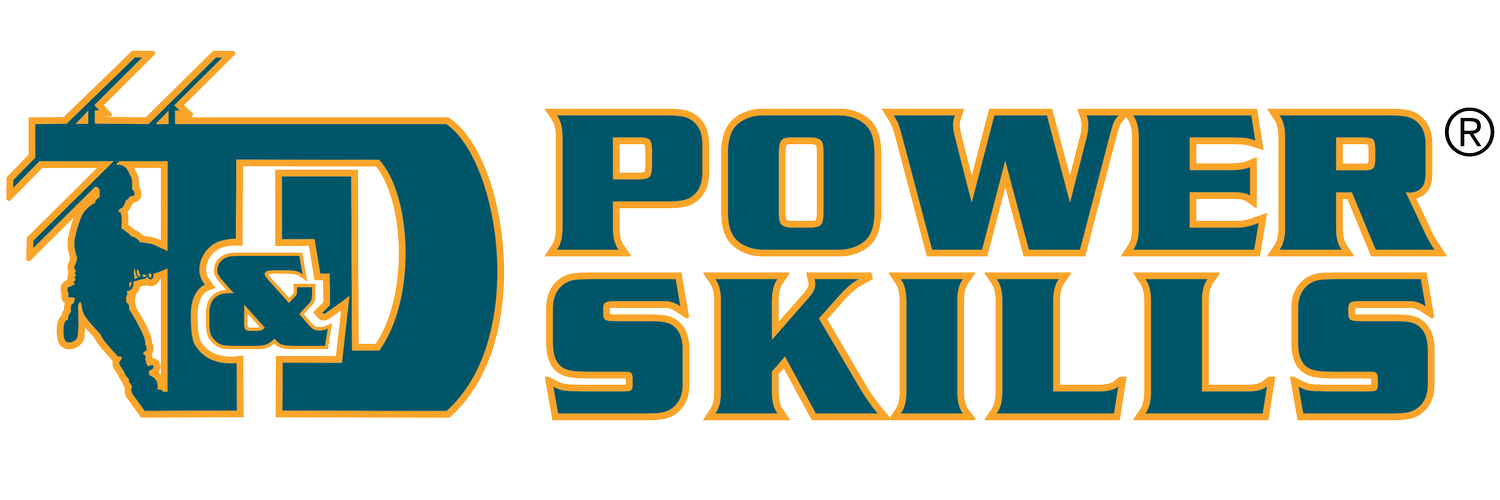Voltage Regulators 1
COURSE DESCRIPTION
Utilities are required to provide power to their customers within a specific range of voltages. Voltages that are outside of that range may damage equipment or cause it to operate inefficiently. One method of maintaining voltage within a specified range is by using voltage regulators. This program discusses the operation and control of substation voltage regulators.
COURSE GOALS
Describe why voltage regulation is needed in a transmission and distribution system.
Identify the main components of induction voltage regulators and step voltage regulators, and explain how each operates.
Describe voltage regulator controls, and explain how each of these controls operates.
SUBJECTS AND OBJECTIVES
Voltage Regulator Operation – Part 1
Describe the function of a voltage regulator.
Identify the main components that enable an induction voltage regulator to adjust voltage.
Describe how an induction voltage regulator adjusts voltage.
Voltage Regulator Operation – Part 2
Identify the main components that enable a step voltage regulator to adjust voltage.
Describe how a step voltage regulator adjusts voltage.
Voltage Regulator Control – Part 1
Describe the function of a voltage detector, and explain how it works.
Describe the function of a line drop compensator, and explain how it works.
Voltage Regulator Control – Part 2
Describe the function of a voltage regulator time delay component.
Describe the function of voltage regulator limit switches.
Describe the function of a voltage regulator voltage reduction control.
Describe the function of a voltage regulator first house voltage protector.
